Twelve years later, NASA’s Juno spacecraft has zipped past Jupiter’s poles, watched its Great Red Spot churn, and visited its largest moon, Ganymede.


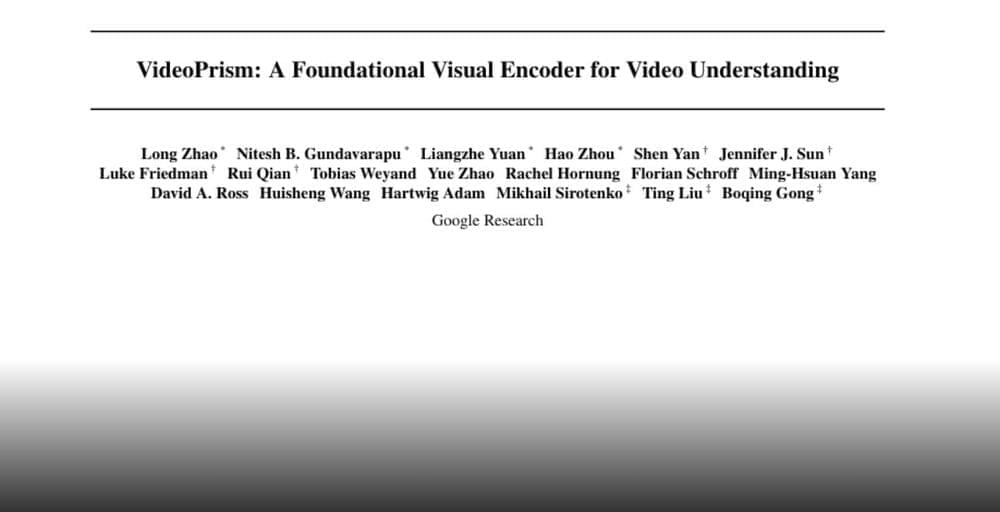
A new button on your keyboard is just the beginning of major changes coming to Windows in 2024.
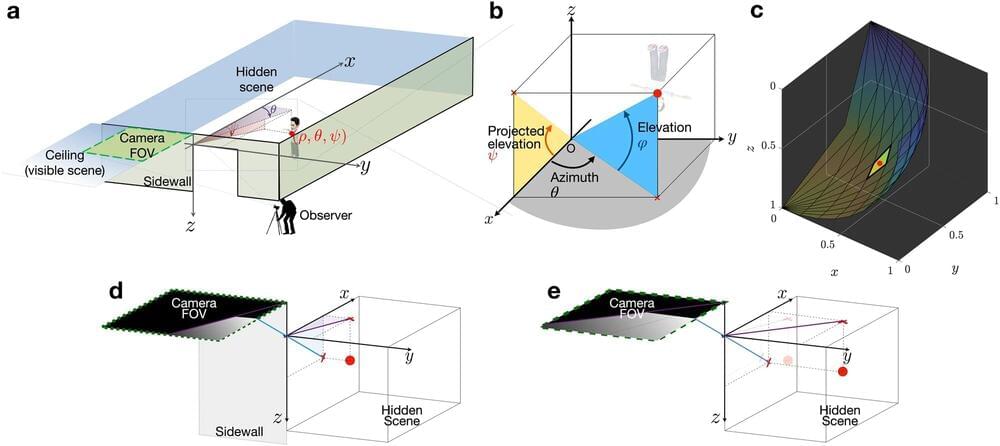
After a recent car crash, John Murray-Bruce wished he could have seen the other car coming. The crash reaffirmed the USF assistant professor of computer science and engineering’s mission to create a technology that could do just that: See around obstacles and ultimately expand one’s line of vision.
Using a single photograph, Murray-Bruce and his doctoral student, Robinson Czajkowski, created an algorithm that computes highly accurate, full-color three-dimensional reconstructions of areas behind obstacles—a concept that can not only help prevent car crashes but help law enforcement experts in hostage situations search-and-rescue and strategic military efforts.
“We’re turning ordinary surfaces into mirrors to reveal regions, objects, and rooms that are outside our line of vision,” Murray-Bruce said. “We live in a 3D world, so obtaining a more complete 3D picture of a scenario can be critical in a number of situations and applications.”
Join us on Patreon! https://www.patreon.com/MichaelLustgartenPhDDiscount Links: NAD+ Quantification: https://www.jinfiniti.com/intracellular-nad-test/Use Cod…

The world’s EV leader, BYD (OTC: BYDDY), announced a stock buyback plan as it continues expanding into new markets. BYD is pushing into different segments with new luxury EVs and mid-size electric SUVs.
After selling a record 526,409 all-electric vehicles in the fourth quarter of 2023, BYD topped Tesla to become the best-selling EV maker globally.
The automaker’s success was fueled by its lineup of affordable EVs like the Dolphin, Atto 3 (Yuan Plus in China), and Seal. However, BYD is quickly expanding into new segments.
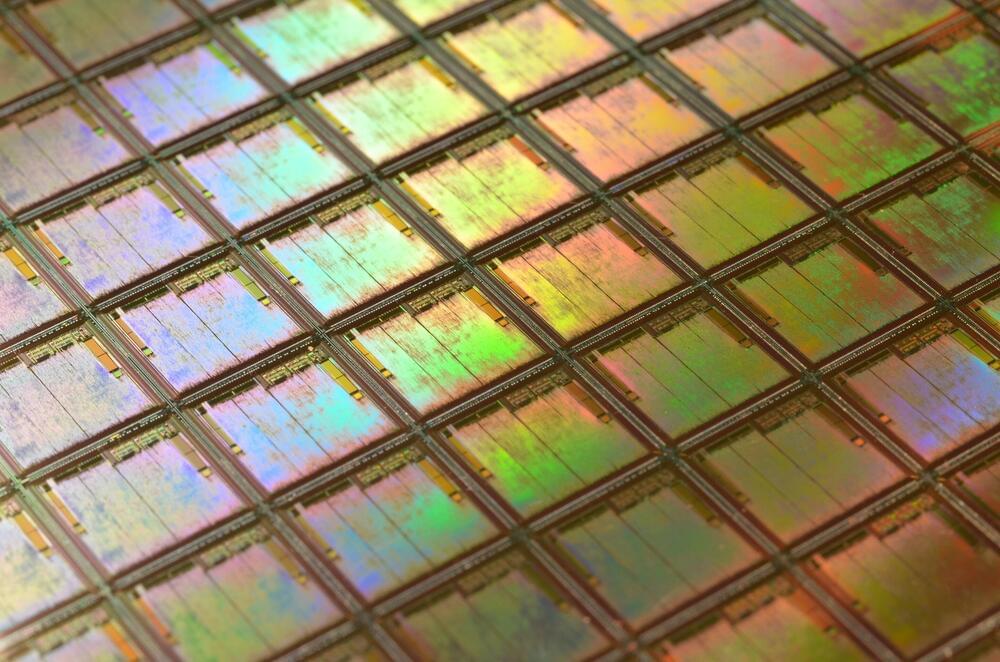
Fashioned from the same element found in sand and covered by intricate patterns, microchips power smartphones, augment appliances and aid the operation of cars and airplanes.
Now, scientists at the U.S. Department of Energy’s (DOE) Princeton Plasma Physics Laboratory (PPPL) are developing computer simulation codes that will outperform current simulation techniques and aid the production of microchips using plasma, the electrically charged state of matter also used in fusion research.
These codes could help increase the efficiency of the manufacturing process and potentially stimulate the renaissance of the chip industry in the United States.
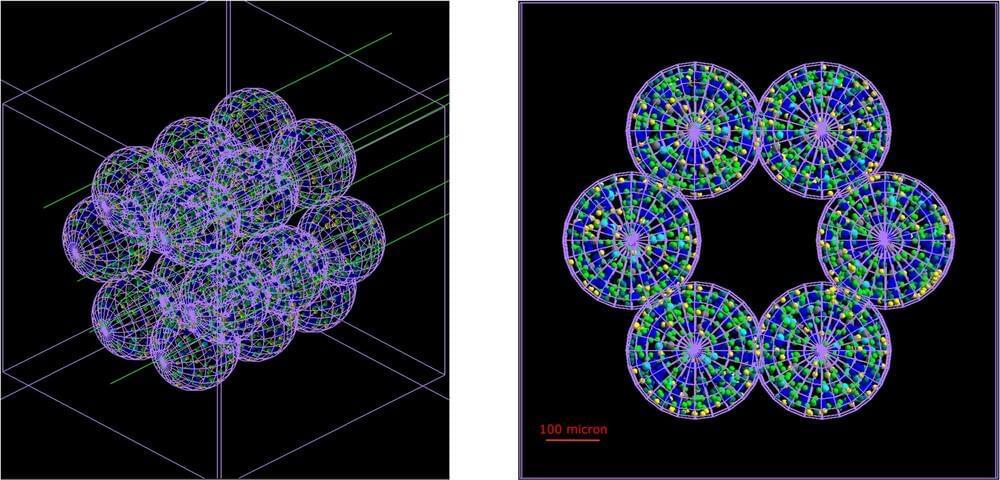
An innovative computer model of a human lung is helping scientists simulate, for the first time, how a burst of radiation interacts with the organ on a cell-by-cell level.
This research, carried out at the University of Surrey and GSI Helmholtzzentrum für Schwerionenforschung, Darmstadt, could lead to more targeted treatments for cancer and reduce the damage caused by radiotherapy. The research is published in the journal Communications Medicine.
Dr. Roman Bauer, Senior Lecturer at the University of Surrey, said, “Doctors could one day use our model to choose the right length and strength of radiotherapy—tailored to their patient. This is exciting enough—but others could use our technique to study other organs. This could unlock all kinds of medical knowledge and could be great news for doctors and future patients.”

A collaborative study conducted by Prof. Zhao Jin, Associate Prof. Zheng Qijing from the University of Science and Technology of China (USTC), and Prof. Hrvoje Petek from the University of Pittsburgh, has revealed the mechanisms behind the transition of bright-dark excitons in anatase TiO2. Their findings have been published in Proceedings of the National Academy of Sciences.
Understanding Excitons
Excitons, quasi-particles formed by the binding of electrons and holes in condensed matter systems via Coulomb interaction, exhibit distinct properties as bright and dark excitons. While bright excitons directly couple with light and play a pivotal role in light absorption, dark excitons, with their relatively longer lifetimes, hold significance in quantum information processing, Bose-Einstein condensation, and light-energy harvesting.
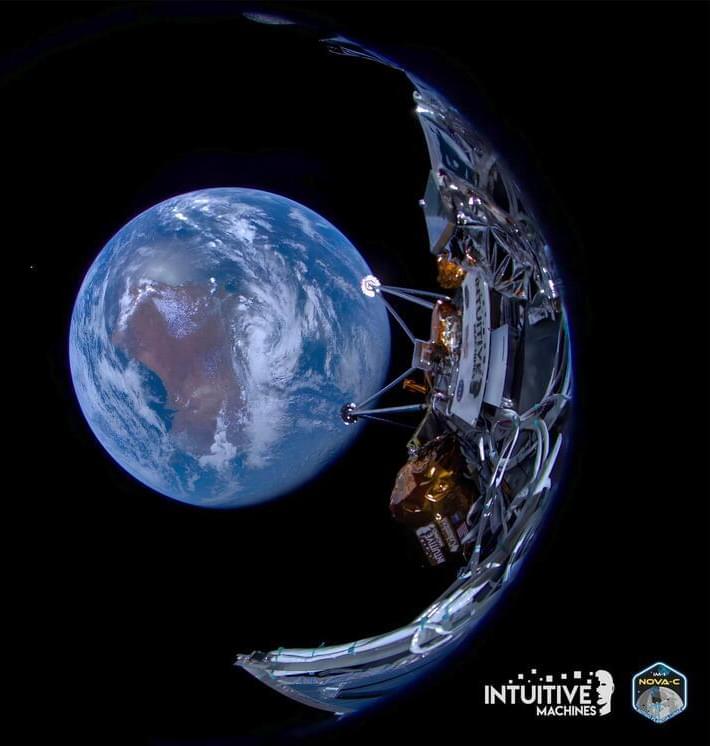
NASA ’s lunar mission with Intuitive Machines showcases successful launch, innovative engine testing, and advanced navigation technology for precise lunar exploration.
After a successful launch on February 15, six NASA science instruments and technology demonstrations continue their journey to the Moon aboard Intuitive Machines’ lander named Odysseus. The company confirmed communications contact with its mission operations control in Houston, and its lander continues to perform as expected.
Known as IM-1, Intuitive Machines successfully transmitted its first images back to Earth on February 16. These were captured shortly after separation from SpaceX ’s second stage, on Intuitive Machines’ first journey to the Moon as part of the agency’s Commercial Lunar Payload Services initiative and Artemis campaign.